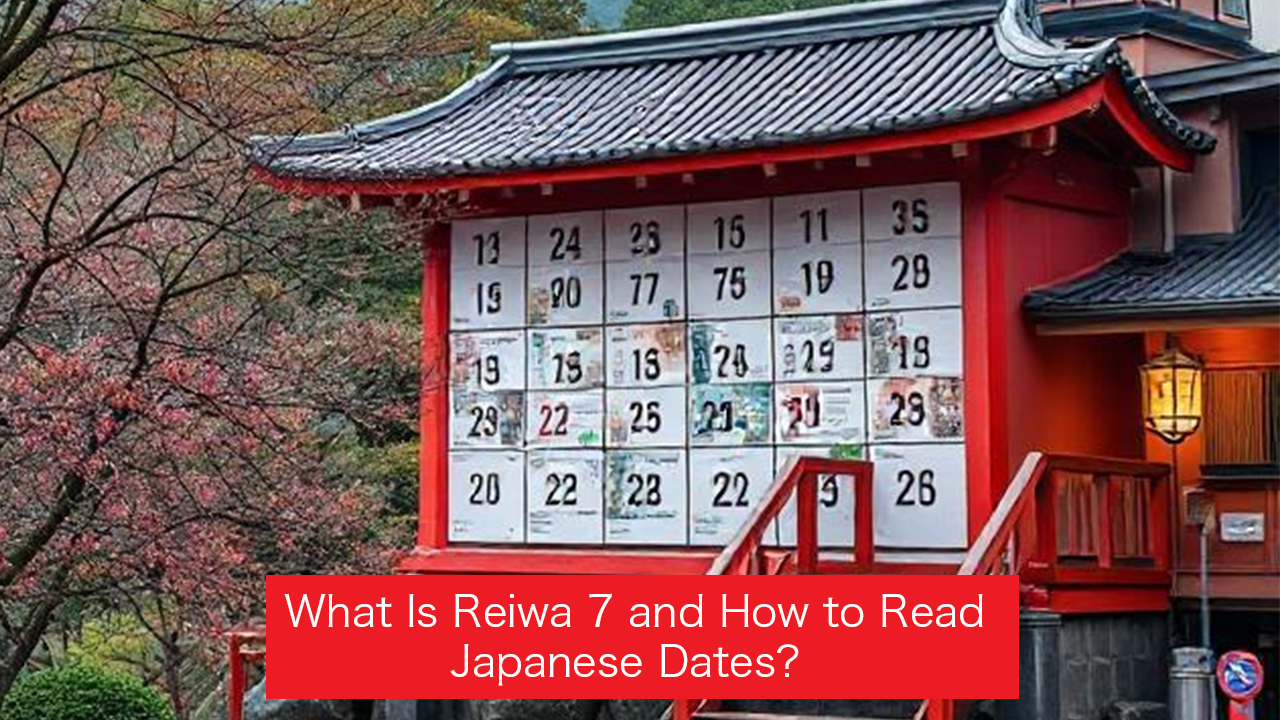Japan’s calendar system is a fascinating mix of modern precision and ancient tradition. While the country officially uses the Gregorian calendar, it also maintains a uniquely Japanese way of counting years—based on the emperor’s reign, known as the era name system (元号, gengō).
📆 Two Calendar Systems in Use
1. Gregorian Calendar (西暦, seireki)
The internationally recognized calendar (like 2025) is widely used in Japan for most official and day-to-day purposes—business, travel, schools, and legal documents.
2. Japanese Era Calendar (元号, gengō)
In parallel, Japan also tracks years based on the reign of its current emperor. Each emperor ushers in a new era name.
- Current Era: Reiwa (令和)
- Started on: May 1, 2019
- 2025 = Reiwa 7 (令和7年)
Previous eras include:
- Heisei (平成): 1989–2019
- Shōwa (昭和): 1926–1989
📝 How to Read and Write Japanese Dates
Japan writes dates in the format Year-Month-Day (YYYY-MM-DD).
For example:
- Gregorian format: 2025年4月2日 (April 2, 2025)
- Japanese era format: 令和7年4月2日 (Reiwa 7, April 2)
This format is seen on everything from government documents to food packaging expiration dates.
🌸 Traditional Influences Still Visible
Though the Gregorian calendar is dominant, Japan still honors the lunisolar calendar in its cultural celebrations:
- Setsubun (節分): Celebrated in early February, marking the beginning of spring.
- Tanabata (七夕): Star Festival, held on July 7th or based on the lunar calendar.
- 24 Solar Terms (二十四節気): Seasonal markers still referenced in traditional farming and festivals.
🧐 Why This Matters
Whether you’re living in Japan, working with Japanese partners, or just fascinated by the culture, understanding how dates work in Japan is both practical and meaningful.
- Read documents, expiration dates, and forms accurately
- Understand cultural events rooted in tradition
- Appreciate how Japan blends its imperial heritage with modern life
✅ Final Thoughts
The Japanese calendar is not just a way to tell time—it’s a reflection of Japan’s history, identity, and cultural continuity. While the rest of the world counts 2025, Japan also marks it as Reiwa 7, continuing a tradition that dates back over a thousand years.
💬 Found this post helpful? Share it with friends or leave a comment below!

Leave a Reply